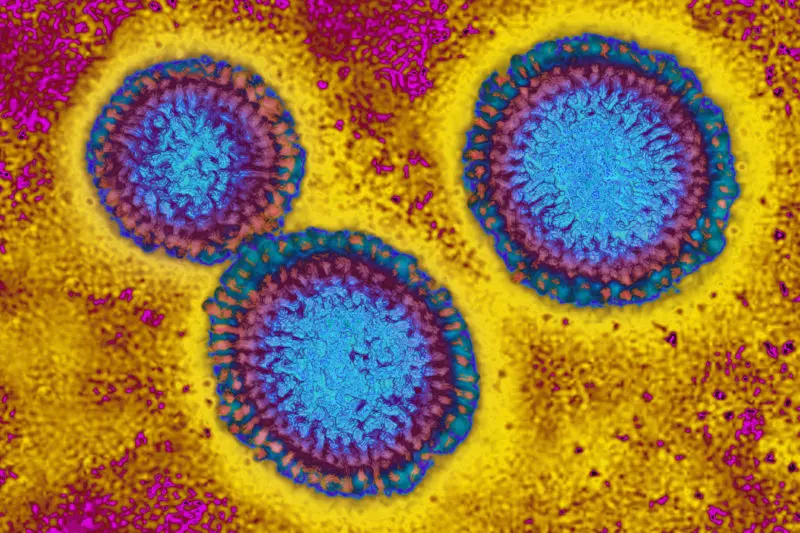reader comments
23
with
The World Health Organization on Friday recommended ditching a common component of seasonal influenza vaccines that protects against a particular strain of the virus—because that strain appears to no longer exist.
Further Reading
COVID may have pushed a leading seasonal flu strain to extinctionInfluenza viruses in the B/Yamagata lineage have not been detected since March 2020, when the pandemic coronavirus, SARS-CoV-2, was mushrooming around the world. SARS-CoV-2’s explosive viral transmission and the health restrictions that followed drastically disrupted the spread and cycles of other infectious diseases, with seasonal flu being no exception.
The 2020-2021 flu season was virtually nonexistent, and the genetic diversity of circulating flu strains dramatically collapsed. But the B/Yamagata lineage looks to have taken the hardest hit. While other strains rebounded in the years since, causing an early and fierce 2022-2023 season in the US, B/Yamagata remains missing globally, appearing extinct.
In a four-day meeting this week, advisors for WHO met, as usual, to determine the composition of the 2024 influenza seasonal vaccine for the southern hemisphere. Their recommendation, released today, is not to include a component to protect against B/Yamagata, marking the first time since its disappearance that the health agency has recommended leaving the absent virus behind.
"The absence of confirmed detection of naturally occurring B/Yamagata lineage viruses is indicative of very low risk of infection by B/Yamagata lineage viruses," WHO advisors wrote in their final recommendation. "Therefore, it is the opinion of the WHO influenza vaccine composition advisory committee that inclusion of a B/Yamagata lineage antigen in quadrivalent influenza vaccines is no longer warranted, and every effort should be made to exclude this component as soon as possible."
Advertisement
Not only is the virus no longer a detectable threat, but WHO advisors pointed out that as long as vaccines are being produced to fight it—a process that requires growing the virus itself—keeping the vaccine component around could risk reintroducing the virus.
"While influenza vaccines are safe and effective, the manufacture and use of inactivated and live attenuated vaccines containing B/Yamagata lineage viruses pose a theoretical risk of reintroduction of B/Yamagata lineage virus into the population. This risk can be mitigated by the removal of B/Yamagata lineage viruses from the vaccines," the advisors wrote.
Prior to B/Yamagata's disappearance, there were four types of seasonal flu that circulated globally, and seasonal flu shots took aim at three or four of them (trivalent and quadrivalent vaccines, respectively). The four virus types include two influenza type A subtypes, H1N1 and H3N2, and the two influenza type B lineages, Victoria and Yamagata. (For a more detailed explanation of influenza, check out our explainer here.) Trivalent shots have generally protected against both type A viruses and one of the B viruses, which has been the B/Victoria lineage in recent years.
The US uses quadrivalent shots. And since the 2023-2024 flu shot composition for the northern hemisphere was determined months ago, and shots are now available for this season, they contain a B/Yamagata component.
________________________________________________________________________________________________________________________________
Original Article Published at Arstechnica
________________________________________________________________________________________________________________________________

